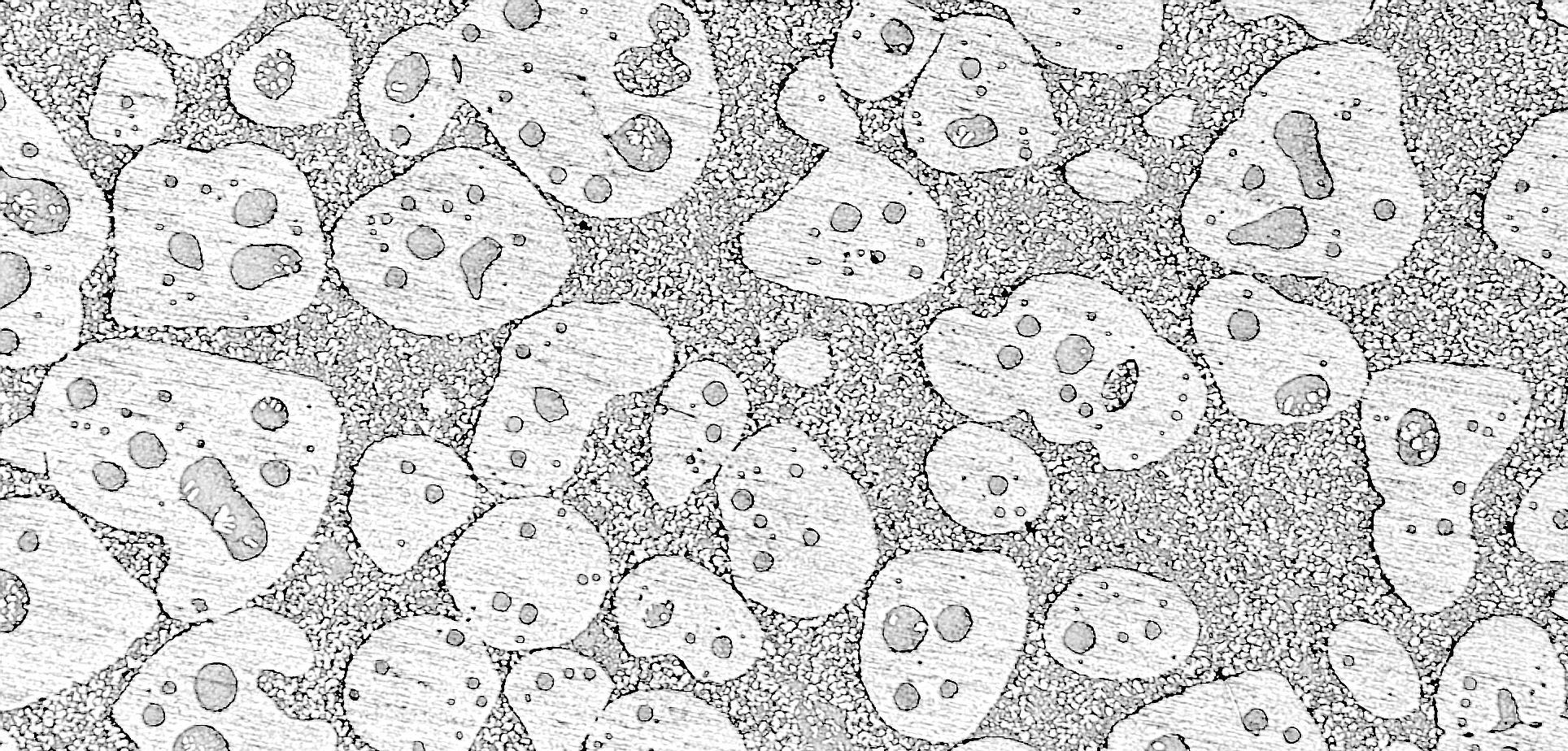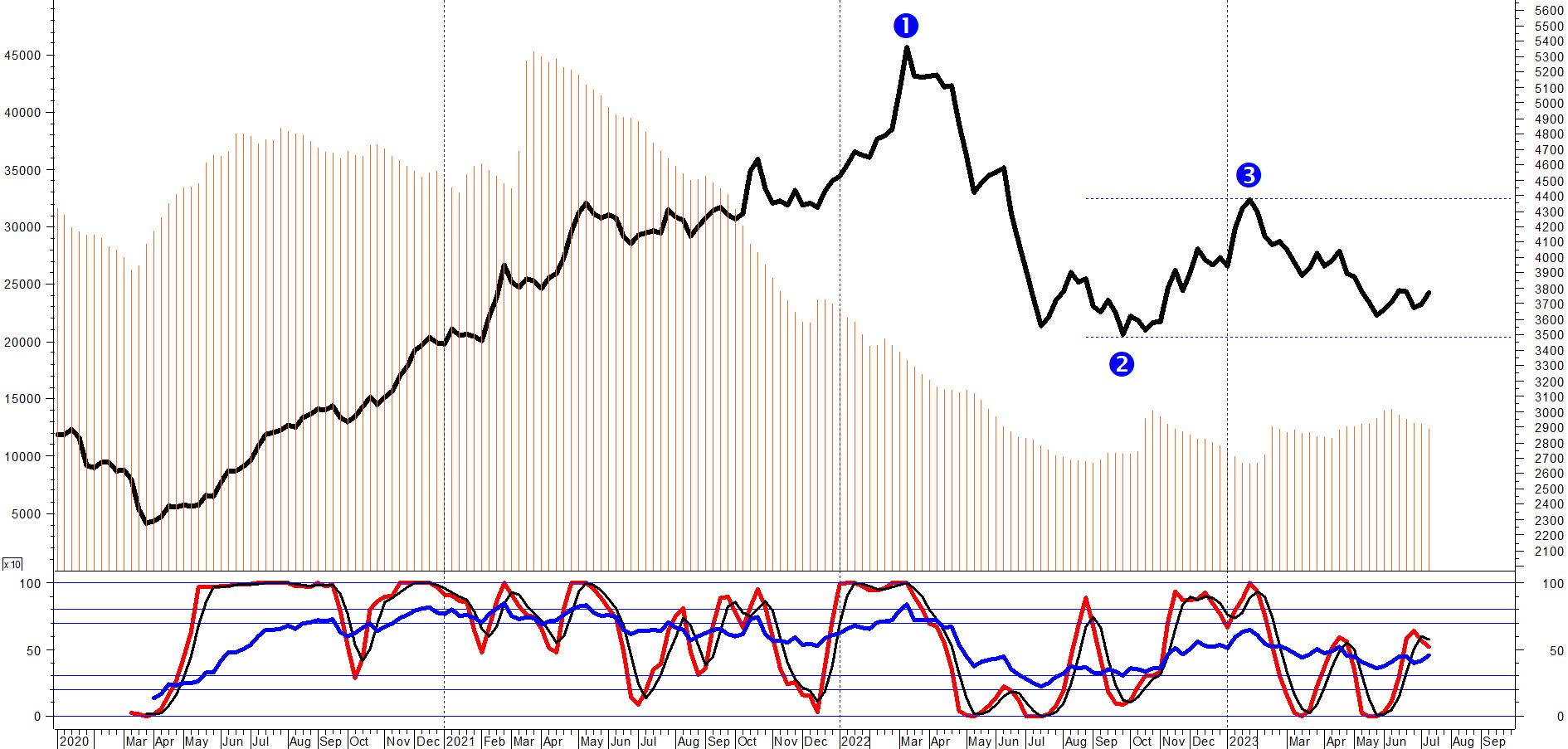
1 minute read
Definition of an optimal solutioning treatment for a Ni-based superalloy processed by Additive Manufacturing
P.A. Martelli, M.S. Kenevisi, E. Bassini, D. Ugues
The current work aims at defining an optimal recipe for the solution annealing (SA) of a high-fraction γ’ Ni-based superalloy manufactured with Laser Powder Bed Fusion process (PBF-LB/M). The studied alloy is designed for the aeronautical or energy sectors to perform above 800°C. The microstructure obtained from PBF-LB/M process (asbuilt state) is extremely fine with grains aligned along the building direction, due to the thermal flow during the process. Moreover, due to the fast cooling, the main reinforcing phase (γ’, a Ni3(Al,Ti) ordered L12 precipitate) cannot precipitate. SA temperatures of 1230°C, 1245°C and 1260°C were investigated to obtain the best microstructure in terms of reinforcing precipitates’ size, shape and fraction and grain size, keeping the soaking time constant (2 hours). Then, a first aging (FA) was also applied at 1095°C for 4 hours. The test plan was configured to account for industrial furnaces thermal uncertainty, introducing also higher temperatures to verify the presence of any thermal induced porosities (TIPs) or incipient melting traces. The morphology, size and volume fraction of γ ’ phase were assessed and quantified using scanning electron microscopy (SEM). Light optical microscopy (LOM) was used to evaluate the grains aspect ratio and growth during SA.
KEYWORDS: NICKEL SUPERALLOY, HEAT TREATMENT, ADDITIVE MANUFACTURING, PBF/LB, PRECIPITATION HARDENING, GRAIN COARSENING
Introduction
Ni-based superalloys are typically used in high temperature environment such as aeronautics and energy production, due to their outstanding thermo-mechanical properties and resistance to oxidation (1). Among others, René 80 is mainly reinforced by precipitation hardening of L12 ordered Ni3(Al,Ti) phase γ’ in a face-centered cubic (FCC) matrix γ. René 80 is traditionally processed by investment casting (2), but additive manufacturing techniques are gaining interest due to the capability to produce complex near-net shape components. In particular, Laser Powder Bed Fusion (PBF-LB) has already given promising results in terms of densification of such alloy (3). However, a peculiar microstructure is originated after the rapid heatingcooling cycles of PBF-LB process. More specifically, René 80 shows a cellular structure within fine grains elongated along the building direction (3). To optimize the asbuilt microstructure, solution annealing (SA) and aging treatments are necessary to guarantee the optimal shape, fraction and size of the reinforcing γ’ precipitates as well as grains’ recrystallization and coarsening (4). When it comes to additive manufacturing, the complex and new
Politecnico di Torino and Centro Interdipartimentale Integrated Additive Manufacturing, Italy
Politecnico di Torino, Centro Interdipartimentale Integrated Additive Manufacturing and Consorzio Nazionale della Scienza e Tecnologia dei Materiali, Italy








